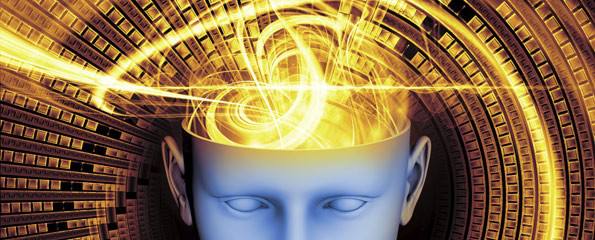Sleep helps adolescent brain towards to mature thinking
A new study conducted by monitoring the brain waves of sleeping adolescents has found that remarkable changes occur in the brain as it prunes away neuronal connections and makes the major transition from childhood to adulthood.
“We’ve provided the first long-term, longitudinal description of developmental changes that take place in the brains of youngsters as they sleep,” said Irwin Feinberg, professor emeritus of psychiatry and behavioural sciences and director of the UC Davis Sleep Laboratory. “Our outcome confirms that the brain goes through a remarkable amount of reorganisation during puberty that is necessary for complex thinking.”
The research, published in the American Journal of Physiology: Regulatory, Integrative and Comparative Physiology, also confirms that electroencephalogram, or EEG, is a powerful tool for tracking brain changes during different phases of life, and that it could potentially be used to help diagnose age-related mental illnesses. It is the final component in a three-part series of studies carried out over 10 years and involving more than 3,500 all-night EEG recordings. The data provide an overall picture of the brain’s electrical behaviour during the first two decades of life.
Feinberg explained that scientists have generally assumed that a vast number of synapses are needed early in life to recover from injury and adapt to changing environments. These multiple connections, however, impair the efficient problem solving and logical thinking required later in life. His study is the first to show how this shift can be detected by measuring the brain’s electrical activity in the same children over the course of time.
Two earlier studies by Feinberg and his colleagues showed that EEG fluctuations during the deepest (delta or slow wave) phase of sleep, when the brain is most recuperative, consistently declined for 9- to 18-year-olds. The most rapid decline occurred between the ages of 12 and 16-1/2. This led the team to conclude that the streamlining of brain activity — or “neuronal pruning” — required for adult cognition occurs together with the timing of reproductive maturity.
Questions remained, though, about electrical activity patterns in the brains of younger children.
For the current study, Feinberg and his research team monitored 28 healthy, sleeping children between the ages of 6 and 10 for two nights every six months. The new findings show that synaptic density in the cerebral cortex reaches its peak at age 8 and then begins a slow decline. The recent findings also confirm that the period of greatest and most accelerated decline occurs between the ages of 12 and 16-1/2 years, at which point the drop markedly slows.
“Discovering that such extensive neuronal remodeling occurs within this 4-1/2 year timeframe during late adolescence and the early teen years confirms our view that the sleep EEG indexes a crucial aspect of the timing of brain development,” said Feinberg.
The latest study also confirms that EEG sleep analysis is a powerful approach for evaluating adolescent brain maturation, according to Feinberg. Besides being a relatively simple, accessible technology for measuring the brain’s electrical activity, it is more accurate than more cumbersome and expensive options.
“Structural MRI, for instance, has not been able to identify the adolescent accelerations and decelerations that are easily and reliably captured by sleep EEG,” said Feinberg. “We hope our data can aid the search for the unknown genetic and hormonal biomarkers that drive those fluctuations. Our data also provide a baseline for seeking errors in brain development that signify the onset of diseases such as schizophrenia, which typically first become apparent during adolescence. Once these underlying processes have been identified, it may become possible to influence adolescent brain changes in ways that promote normal development and correct emerging abnormalities.”
(Source: UC Davis Health System: American Journal of Physiology)
More information
 | For more information about sleep, including how much is good for you, tips for getting more sleep, and sleep disorders, as well as some useful videos, see Sleep. |
Dates
Tags
Created by:

 Login
Login














